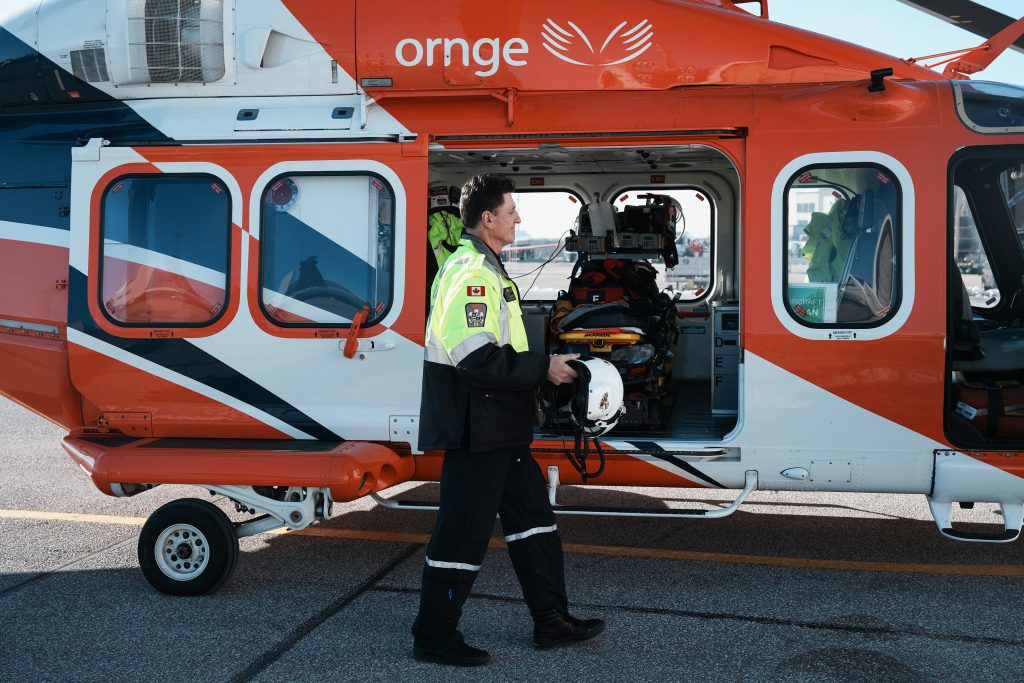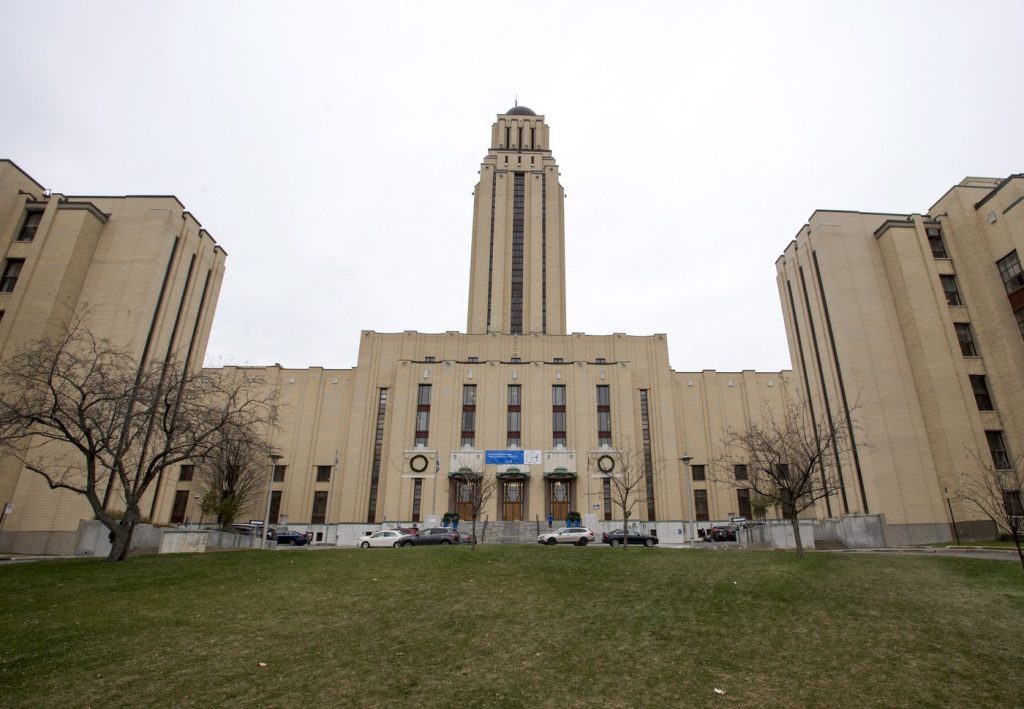Quebec buys emergency medical aircraft to meet growing needs

Posted March 26, 2025 4:40 pm.
Quebec is acquiring new aircraft to serve as emergency air transport to meet the increasing medical needs requiring air ambulances. The Government Air Service currently has only four emergency aircraft, which are often all in use at the same time.
Last summer, the government purchased a new, used Challenger 650 aircraft from Bombardier, but it is not scheduled to enter service until the summer of 2026. The aircraft must first be medically equipped, and a patient transfer ramp must be installed.
Another contract was also signed in December with Bombardier to procure two aircraft of the same type. Delivery is scheduled for May 2027, but work to adapt them to medical needs will have to be carried out after the acquisition.
Over the past five years, there has been an increase of approximately 38 per cent in the number of emergency air transfers, coroners noted last summer. Following two deaths in less-than-ideal circumstances during air ambulance transport, Julie-Kim Godin and Francine Danais indicated in their report that it was “obvious” that the air fleet needed to be increased. They recommended expanding it as soon as possible to enable faster emergency air transfers of patients and to accelerate the replacement of outdated aircraft.
The Ministry of Transport also stated that it was currently analyzing the replacement of Dash-8 aircraft, whose primary mission is to provide scheduled air ambulance services, i.e., the transport of patients whose condition has previously been stabilized to designated centers for treatment or examinations. Approximately 5,000 users benefit from this service annually in Quebec.
Training was also conducted by medical personnel from the Quebec Aeromedical Evacuations program last spring using aircraft from carriers under the Ministry’s relief contract. “These training sessions will now be conducted annually for each aircraft model of the carriers included in the relief contract so that medical teams can familiarize themselves with their equipment and conduct exercises,” the ministry stated in an email.
A call center will be established
In their report, the coroners also asked the Quebec government to establish a call center within six months. “I will insist that this be implemented quickly to allow physicians to focus on their patients rather than dealing with what I would describe as administrative procedures,” Danais stated.
The center has not yet been established, but Santé Québec is working on it, the Ministry of Health assured in an email. “Work is progressing positively,” it wrote. The project is scheduled for completion in 2025-2026.
“Clinicians will be encouraged to contact this call center at the first sign of unstable patient management, which could have made a huge difference in the situation described in the report,” explains the Ministry of Health.
Over five years, the government plans to invest $7.42 million in the future call center for medical air transport and its coordination. The CHU de Québec has been mandated to manage this call center in collaboration with the Quebec Aeromedical Evacuation Program (EVAQ).
The call center will prioritize interregional transfers, but will also provide support for intraregional transfers. “We are convinced that this service will significantly improve the management of unstable patients,” states the ministry.
The Government Action Plan for the Prehospital Emergency System 2023-2028 specifies that in addition to standardizing all requests for air medical transfers, the call center could also eventually be used for the helicopter component of the project. Quebec remains the only Canadian province without helicopter medical transport.
The government has allocated $125 million over five years to develop a helicopter medical transport service. It has given itself until 2028 to complete this project.
—
The Canadian Press’s health content receives funding through a partnership with the Canadian Medical Association. Editorial choices are the sole responsibility of The Canadian Press.
–This report by La Presse Canadienne was translated by CityNews








